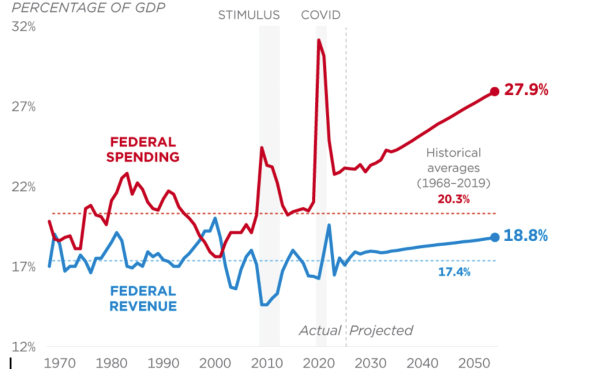College Board abandons newly implemented “adversity score”
For the past several years, College Board has been experimenting with new ways to gather more information about students taking their standardized tests. In May of 2019, College Board announced that it would implement the Environmental Context Dashboard, a system to score students based on socio-economic metrics. College Board intended for this score to reveal a student’s resources and challenges. However, initial reactions to this measure were not encouraging, leading College Board to replace the adversity score with a new tool called Landscape, which still collects data points, but without assigning a composite score. When reading over applications, college admission officers are faced with the challenge of not knowing about the socioeconomic background of the applicants. Admission officers report that they lack neighborhood information for nearly 25 percent of high schools, and with over 10,000,000 applications sent in every year from 30,000 different high schools, obtaining this information poses a challenge.
Universities across the United States asked College Board to devise a system that would allow them to know background information about their applicants. This system, called the “adversity score,” uses 31 factors, such as the median family income and the poverty level of the applicant’s neighborhood, the senior class size of the applicant’s high school, and the number of highschoolers that took the SAT. All 31 factors were taken into account and composed into one score out of 100 points. Higher scores indicated higher levels of adversity. The adversity score does not affect the student’s SAT score.
“It sounds like College Board was trying to turn all the idiosyncratic experiences which impact performance into a single number,” said testing director, Victoria Fairley. “They decided that it might not actually be the best approach and they are now using something called Landscape.”
This replacement occurred after intense backlash from parents and students across the nation. The parents and students believed it was unfair to judge a student with the adversity index, as they thought that a student’s life and hardships couldn’t be represented accurately by a single number.
“I think it’s very good that they removed the adversity score because it didn’t create fairness, which was the initial goal,” said sophomore Toby Liu. “Instead, it opened up the potential of unfairness between different groups of people because they were scored using just one number.”
While the adversity index consolidated information about a student’s school and neighborhood, the Landscape method incorporates more data points in an attempt to provide a more thorough picture.
“College Board realized that to put the whole range of potential human experiences into one data point didn’t seem fair,” said director of college counseling Steve Frappier. “Every person growing up, no matter their background, goes through obstacles, and to attempt to quantify one’s set of obstacles wasn’t the right design nor the right potential usage.”
Landscape uses a variety of scores rather than just one to provide more granularity about the student’s high school and neighborhood. The only individual information taken into account by Landscape is how the applicant’s test score compares to others’ at the same high school.
“I think the use of Landscape is a good idea,” said junior Ashwin Pillai. “Some people are less fortunate than others and it’s harder for them to be represented given socioeconomic status.”
Landscape allows colleges to see what students have achieved given their circumstances. Many colleges want to see how students who are facing adversity are able to overcome obstacles in their lives. The use of Landscape is expected to provide a context of the student’s socioeconomic circumstances in the admission process.
“Sometimes if you don’t have enough money to get SAT tutoring or use those kinds of resources, you may not have a higher SAT score,” said junior Yash Kadadi. “So College Board wants colleges to really look at those SAT scores with more context.”
College Board claims that Landscape scores may only be used as one of the several factors in college admissions, and believes that with Landscape, colleges can assess applicants’ scores in a more fair manner. It is too early to say if using Landscape in the admission process will cause major shifts and, if it does, how the Westminster community will react.




